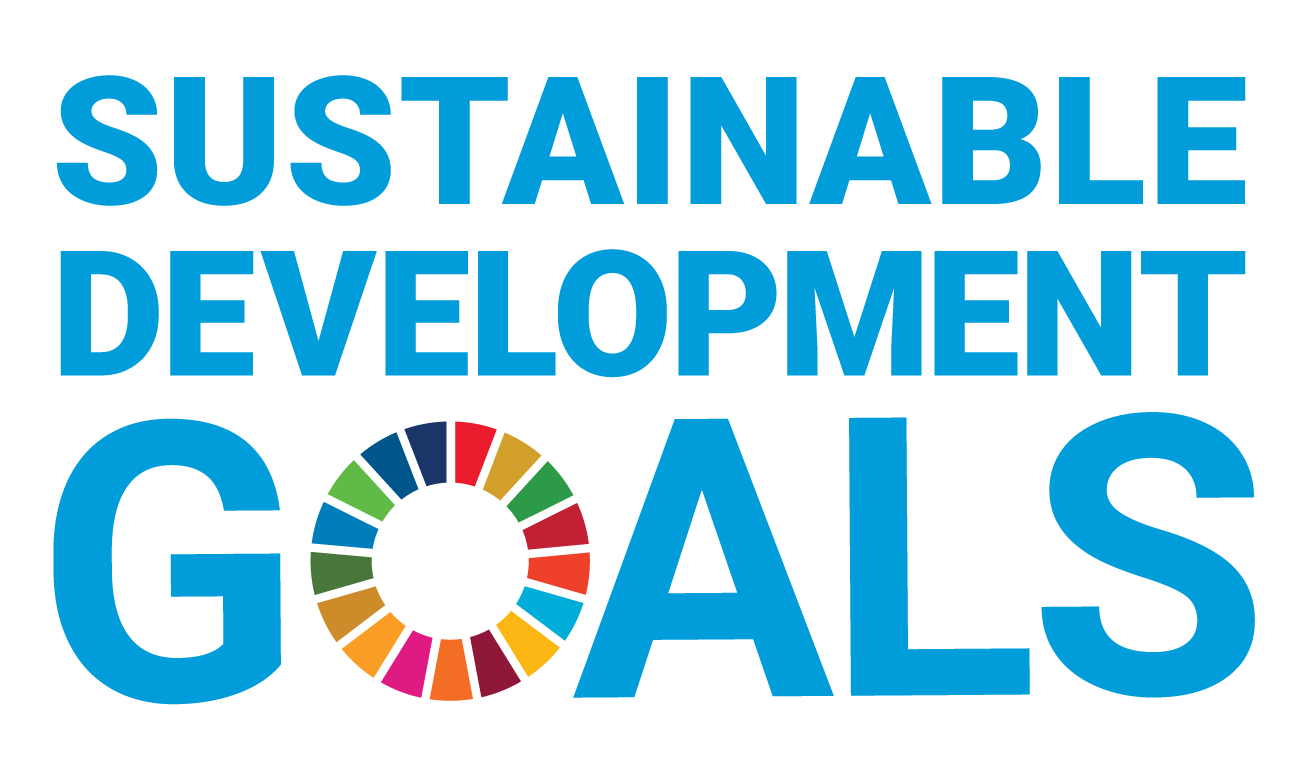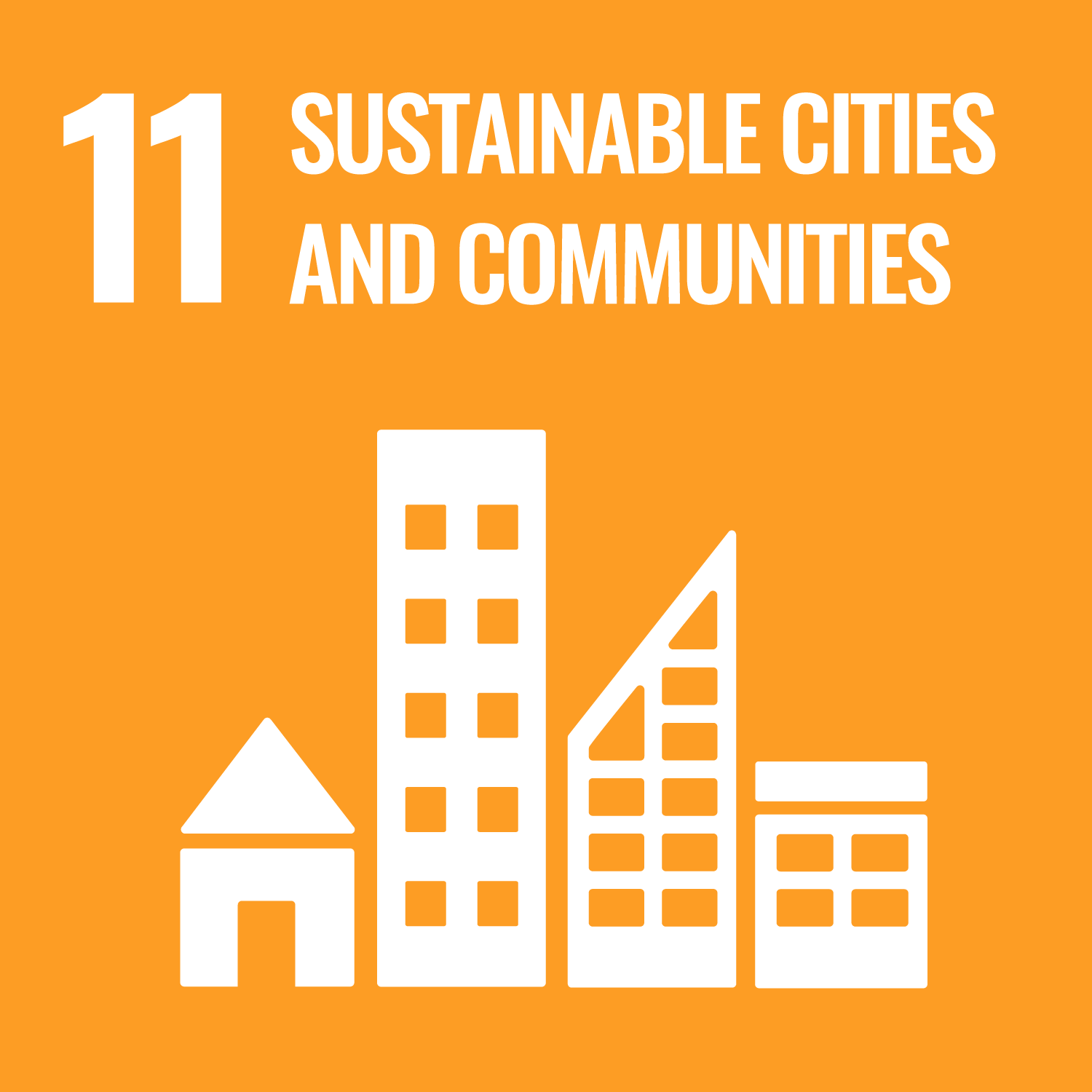How an Enclave Became a Cultural Hub
You can search for courses, events, people, and anything else.
When Western Sydney University researchers, Hayley Saul and Emma Waterton left Langtang, Nepal, on the morning of the 25th of April, 2015, their contacts in the remote Himalayan village bid them a fond farewell, already anticipating their return the following year. But two hours into their hike back to Kathmandu, an earthquake struck, triggering deadly landslides across the region. Langtang, and the community that had lived there for hundreds of years, was almost destroyed.
Saul and Waterton, who were led to safety by local guides, have been using their research into the culture and history of the region to create an interactive heritage trail around the valley that will tell the story of its people and their past. The first exhibition hut was opened last year, and another two are under construction.
Langtang is a region of the Nepalese Himalayas just north of Kathmandu, on the border with Tibet. Langtang village sits at 3,400 metres above sea level in a narrow valley beneath the region’s highest peak, Langtang Lirung. It was once a thriving community of more than 400 people, including many porters who guided trekking tourists.
Saul, an archaeologist, first visited Langtang in 2011, after a non-government organisation (NGO) worker with Community Action Nepal invited her to see an ancient monastery in dire need of repair. “This was an opportunity to observe restoration work carried out locally, and the traditional methods used.” When Saul began talking to the monks at the monastery, she heard about other sacred landmarks dotted around the region that held historical or mythical significance to the people of Langtang. Fascinated, Saul returned each subsequent year to document Himalayan heritage by gathering stories that had been passed down through generations.
Waterton, a heritage specialist, joined Saul on a visit to Langtang in April 2014 and together they travelled with the locals to significant places in the valley, recording tales of the folklore written into the surrounding landscape. They discovered how the local people engaged with the past, both physically and emotionally. The pair returned to Langtang in April 2015 to continue their research. During that trip, one of their new friends, Son Norbu, invited Saul and Waterton to help build a Himalayan Heritage Museum in the village. They parted ways with heads already buzzing with ideas.
Saul and Waterton were already hiking back to Kathmandu when the ground began to shudder. The 7.8 magnitude earthquake shook loose an immense chunk of rock from Langtang Lirung mountain, which toppled onto a glacier and sent a wave of rock, ice and mud down the valley. Langtang village was blown away by the shockwave and whatever remained was buried under 100 metres of rock. Only one home survived, along with a handful of people who had found shelter. More than 200 people died in Langtang that day, including some 70 tourists trekking in the scenic valley. Approximately 2,900 historical sites were damaged or destroyed. For the Himalayan communities, rebuilding these sacred sites was a priority.
In the aftermath of the quake, Saul and Waterton raised funds to help rebuild Langtang, but they wanted to contribute something more than financial aid. They owed their lives to the local guides who had led them to safety, one of them was the brother of Son Norbu. They realised their anthropological research could be used to protect and pass on the lost heritage. In December 2016, Saul and Waterton visited Langtang for the first time since the tragedy and began planning the commemorative museum they had agreed to help the villagers build, 18 months before.
Need to know
- Langtang village was almost destroyed by the April 2015 earthquake.
- Researchers from Western Sydney University are helping to restore the heritage that was lost.
- The first exhibition space opened in 2018 and two more are under construction.
“Instrumental to our work on the Langtang Heritage Trail project has been our collaboration with the NGO, Flagstaff International Relief Effort (FIRE),” says Waterton. Spearheaded by Meredith Potts, FIRE has been working with Saul and Waterton for the past three years, collecting oral histories and survivor stories, and working with the local community to site the three exhibition huts.
The design for the exhibition is simple and sustainable. It will comprise three huts, built in the traditional style, that use mountain streams to turn a prayer wheel and generate hydroelectricity. In each hut, an iPad, powered by nature, will play back the stories of local people. Visitors will be guided to the special sites relating to each story as they wander along a carefully laid heritage trail. “Each hut can be a rest stop for weary travellers,” says Saul, “but also a place to learn and reflect on the cultural history of the area.”
But simple design does not always translate to simple delivery. “Because the area is so remote,” explains Saul, “everything must be brought up by porters, donkeys, or helicopter, which makes building an infrastructure like this extremely expensive.” The project initially received $20,000 via a Western Sydney University Vice-Chancellor’s Research Award, and will receive another $40,000 each year for three years. “When we opened the first exhibition hut in 2018, the locals’ reaction was overwhelming. Everybody came out to celebrate with us, bringing tea and cakes. They presented us with traditional white scarves called khada and then paraded with us all the way around our tour of the sites.”
The researchers’ culturally-sensitive approach has already inspired other heritage projects in the region. “For the mountain communities of Nepal, natural and cultural heritage sites provide spirituality, sanctity and security,” says Dr Anu Kumari Lama, a tourism specialist at the International Centre for Integrated Mountain Development (ICIMOD). “The project in Langtang will generate positive outcomes for tourism, heritage conservation and community wellbeing”.
Saul is now working with ICIMOD on a Kailash Heritage Route in Humla, Nepal, which is the gateway to the sacred Mount Kailash. They want to create a similar interactive exhibition that is eco-friendly, sustainable and respectful of local culture. “Himalayan communities and their regions are prone to natural disasters, poor living conditions and weak economic foundations,” says Dr Lama, “making them some of the most sensitive heritage sites and therefore extremely important for protection and preservation.”
Meet the Academic | Doctor Hayley Saul
Hayley Saul is a Senior Lecturer in Heritage and Tourism and Director of the Himalayan Exploration and Archaeological Research Team (H.E.A.R.T) research group. Her research explores the intersection of archaeology, landscape, heritage and development in the Himalayas of Nepal. H.E.A.R.T operates in partnership with Nepalese communities as well as the charity-NGO Community Action Nepal, with whom Hayley is a heritage consultant, building an archaeology/heritage ‘arm’ to the charity, to operationalize the results of HEART and bring about positive benefits to rural Nepalese communities. In her role as Director of HEART Hayley's research is rooted in three interests and objectives: 1) conducting socially relevant research that generates anthropological and archaeological datasets and applies that data to improving local quality-of-life, cultural resiliency, and heritage protection for fragile indigenous communities in the Himalayan high altitudes; 2) closely collaborating with charitable organisations to design heritage initiatives, such as museums, eco-museums, digital museums, and archaeological treks to generate sustainable revenue from tourism; and 3) investigating the ‘deep-time’ heritage surrounding issues with contemporary relevance, such as human-environment interactions, food, sustainable technologies, and transcending the culture-nature divide. Following her PhD in culinary heritage and prehistoric cuisine studies at the University of York (UK) she undertook an AHRC funded post-doctoral research with the Early Pottery in East Asia Project and was a Japan Society for the Promotion of Science post-doctoral fellow on the Japanese Archaeo-Ceramic Residue Research Strategy project (JARRS). She is interested in the way that subsistence engenders specialized and creative interactions with environments for successful settlement, management, and social innovation in 'deep archaeological time'.
Meet the Academic | Professor Emma Waterton
Emma Waterton is a Professor in the Geographies of Heritage and Associate Dean, Research in the School of Social Sciences. She is also a member of the Institute for Culture and Society. Before taking up her post at UWS in 2010, she held an RCUK Academic Fellowship in the areas of History and Heritage at Keele University. Her research explores the interface between heritage, identity, memory and affect. She recently completed two Australian Research Council funded projects: ‘Photos of the Past’, which examined negotiations of identity at a range of Australian heritage tourism sites, including Uluru Kata-Tjuta National Park, Sovereign Hill, the Blue Mountains National Park, Port Arthur, the Burra Heritage Trial, Fitzroy Crossing and Kakadu National Park [ARC DECRA]; and 'Australian Cultural Fields', which explored practices of production and consumption across six cultural fields in the contemporary Australian context: sport, media, heritage, art, literature and music [ARC Discovery]. Her most recent project, also funded by the Australian Research Council, explores migrant heritage and place-making in Parramatta, and is a collaboration with the Heritage Council NSW and the Office of Environment and Heritage [ARC Linkage]. In addition, she is currently developing new research interests in the archaeological heritage of the Nepalese Himalaya (in association with HEART) and post-Soviet Mongolia (in collaboration with Dr Hayley Saul). She is author and co-author of over one hundred publications, including three monographs, and is the Editor-in-Chief for the journal Landscape Research.
Related Articles
Credit
© Sarah Ann Loreth/Aurora Photos/Getty © Quentin Pelletier / 500px/500Px © Hayley Saul and Emma Waterton
Future-Makers is published for Western Sydney University by Nature Research Custom Media, part of Springer Nature.Plus/Getty










